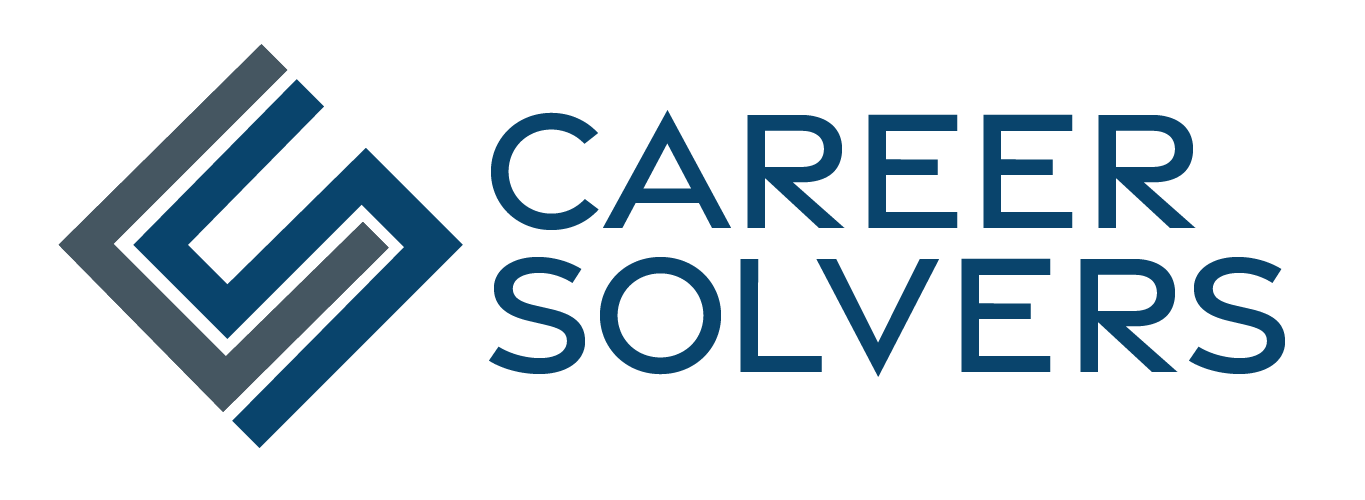 I put up a picture on Facebook yesterday of me as a kid sitting in my living room. I love this picture because it reminds me what my house looked like as a child and it’s a window into what trends influenced how homes were decorated at the time. My mother had a penchant for plastic slipcovers and she put them on everything in the living room, including the lampshades. Plastic slipccovers made their debut in the mid 50s and managed to haunt my family well into the next two decades. My friends and I have been chuckling over the picture and trying to figure out why anyone would subject their loved ones to the feel of sticky plastic, especially in the summertime.
I put up a picture on Facebook yesterday of me as a kid sitting in my living room. I love this picture because it reminds me what my house looked like as a child and it’s a window into what trends influenced how homes were decorated at the time. My mother had a penchant for plastic slipcovers and she put them on everything in the living room, including the lampshades. Plastic slipccovers made their debut in the mid 50s and managed to haunt my family well into the next two decades. My friends and I have been chuckling over the picture and trying to figure out why anyone would subject their loved ones to the feel of sticky plastic, especially in the summertime.
But when my Mom had plastic slipcovers it was all the rage and many of my friends tell stories of “growing up plastic” as well. Of course now when we think about plastic slipcovers we immediately conjure up a “dated” image.
We moved on from the plastic slipcovers some time in the mid 70’s when they began to lose their “avant garde” appeal. It’s easy to figure out that your furniture is dated because you have to look at it every day and you are constantly comparing it to other people’s furniture and the trends you see on the Internet, television, and magazines.
But what about your resume? Many people don’t look at their resume or update it for years and years because they don’t feel they have a need to. And when they do need their resume for something, what do they do? Pull out the old one and just add the new job. No redecorating here…
So what people end up with is basically the same resume they wrote 20 years ago and have been “suffering with” ever since. ..kind of like outdated plastic slipcovers.
Here are some of the telltale signs that your resume needs to be “redecorated”
- Your resume leads with an objective. No one wants to see an objective on a resume anymore. They communicate what you are looking for which isn’t of much interest to a hiring manager. Hiring authorities want to know what’s in it for them…do you have the competencies and the proof of performance to help solve their business problems. Create a profile or executive summary outlining your big picture accomplishments and the value you can bring to an employer instead and leave the objective off the resume and in the past where it belongs.
- Your contact information includes your fax number. Nothing screams the 80s like a fax number. Chances are no employer will need to contact you by fax. Leave the fax number off the resume or better yet, use that space to include your LinkedIn vanity URL.
- Your dates of employment are all left justified. Having dates of employment to the left made sense in the days of the typewriter when tabs were the only way to indent content. Thanks to Microsoft Word, text is much more maleable and space can be better utilized. Place employment dates after the company name or to the right to optimize space and save room for other important content.
- The font on your resume is Courier 10. Courier 10 was all there was when all documents were created on typewriters. Now we have scores of choices. Pick something else.
- Your resume contains several personal attributes to describe you. If you are using adjectives on your resume such as loyal, detail-oriented, good communicator, or hard-working to describe your value to an employer, stop. Descriptions of personal attributes are meaningless unless there is tangible proof of these traits within the body of the resume. Their use is very old-school and my guess is you copied those words from someone else’s outdated resume or from a book of resume samples that was published during Clinton’s first administration.
- Your resume states that references are available upon request. Well, they used to be. Now many hiring managers Google candidates before they call them in for an interview. So frequently your references are available online whether you want them to be or not. Ditch the statement about references and save the space for something more important.
There are furniture trends, fashion trends, and even resume writing trends. Be hip and stay informed of the latest resume writing styles and tips to increase the likelihood of getting noticed by hiring managers.



Hi Barbara,
Very nice entry on resume content. Please accept my appreciation for solid “hits with 2 through 6”! We differ on “sign #1”. In technical fields, many of my colleagues and I agree that an objective that shows a match to the job description’s musts it a very positive opening in the “hit zone” of page one of a person’s resume. This should be followed by a highlights section describing specifically, clearly and briefly your major qualifications supporting your objective. More relevant detail comes in the following couple of sections.
The items you list are what your references should be saying in person, on the phone and in your “LinkedIn.com recommendations.”
We argue that the summary statement scream “coached outplacement verbiage” and not easily supported, since you can’t predict the future performance.
Fax, left justified, courier 10, and adjective-filled are quite true.
Would it be fair to include a separate page of references with the resume?
Thank you for an articulate entry.
Sincerely,
Dan